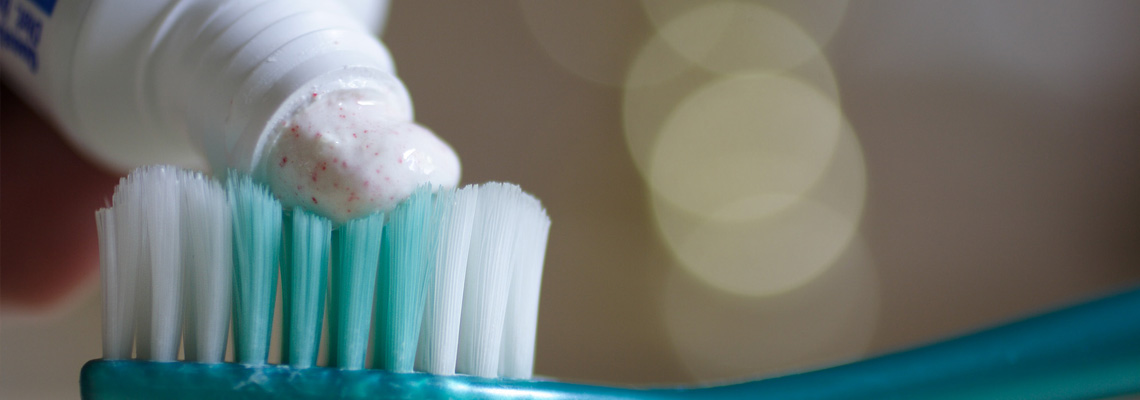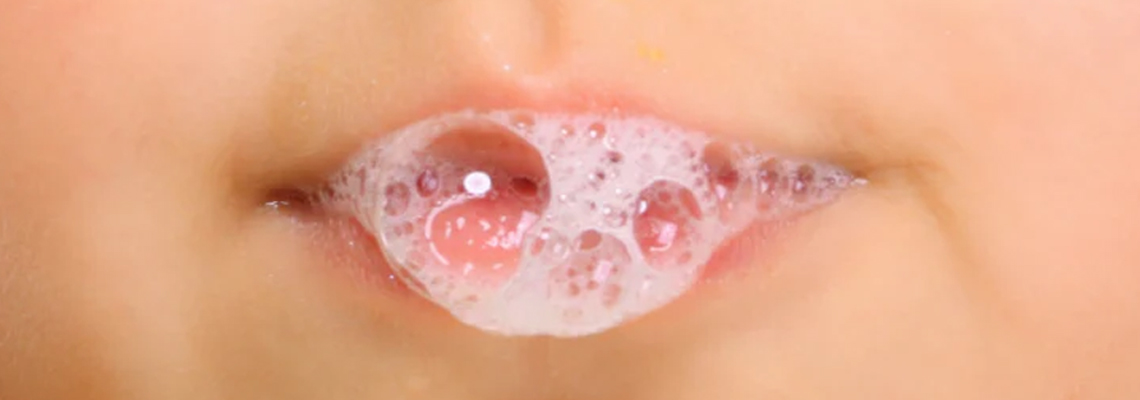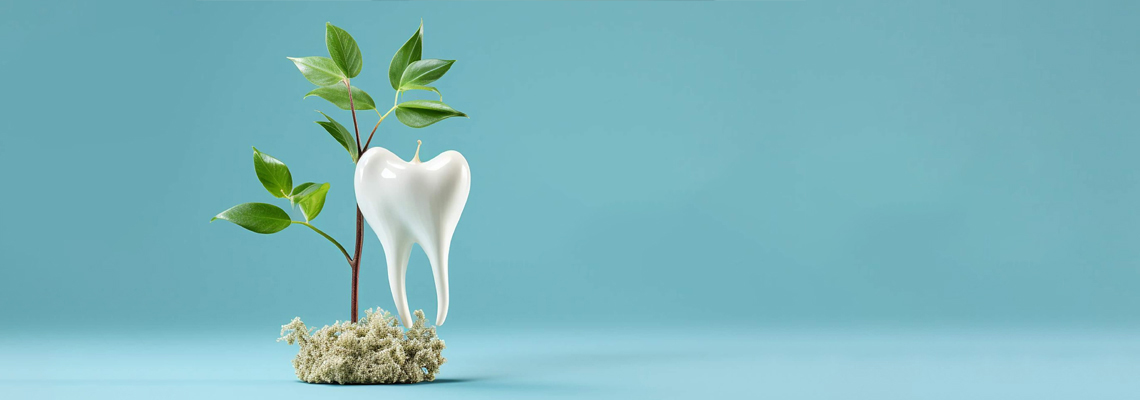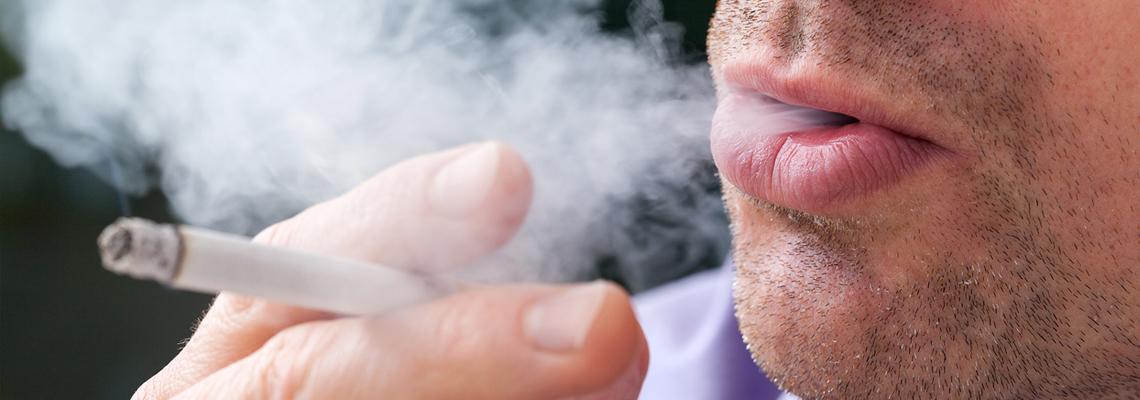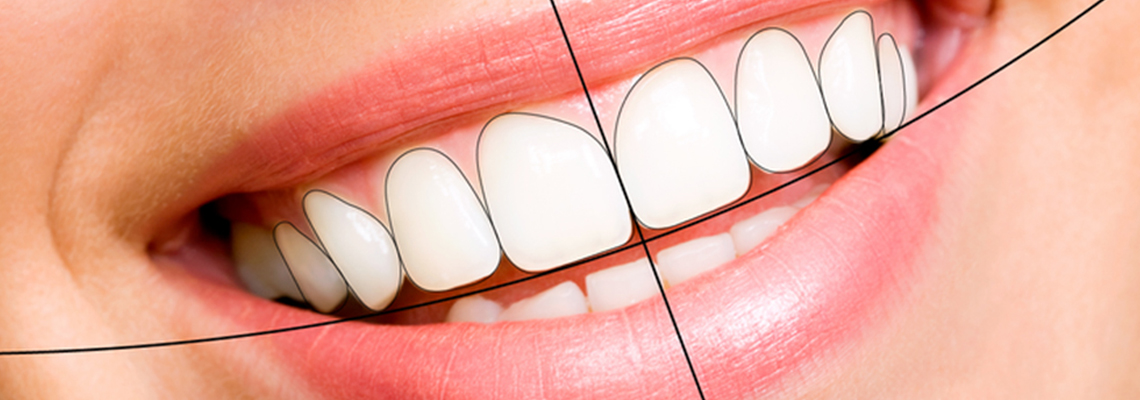We’ve never had access to so many kinds of things to clean our teeth as we do now. There are a lot of different brands in our stores, and each one says it is better than the others in some way. There are different things to buy at different stores. When you add in the different brands and types of toothpaste that you can buy online, the choices are almost endless.
When choosing a toothpaste, it helps to know what each active ingredient does and where your specific risk areas are. This blog will explain some of the different ingredients and what they do for you.
Fluoride
Before, you couldn’t find a toothpaste that didn’t have fluoride. Scientists and dentists have known for a long time that fluoride toothpaste is important. Fluoride is a natural mineral that helps prevent plaque buildup, tooth decay, and acid damage.
In the past few years, some companies have started making toothpaste without fluoride because of safety concerns. Fluoride is an important part of helping people fight cavities. People who have a high chance of getting new cavities must use fluoride toothpaste. If you have had one new cavity in the past three years, you are at high risk of getting more cavities.
If you haven’t had a cavity in a long time, you can use toothpaste without fluoride with little risk. If you’re not sure, ask your dentist.
Sodium Lauryl Sulfate
Sodium Lauryl Sulfate (SLS) is a detergent. Most toothpaste foam up because they contain this ingredient. Studies have shown that you don’t need SLS to get rid of plaque, but SLS does make your teeth feel cleaner.
This ingredient is important because it can be rough on the inside of the mouth. Patients with soft tissue diseases like lichen planus, pemphigus/pemphigoid, burning mouth syndrome, or even just a dry mouth should not use toothpaste with SLS. The SLS makes these patients feel like they are being stung or burned very badly.
If when you brush your teeth, the inside of your cheeks, lips, and tongue burn or sting, you might want to switch to toothpaste without SLS. Most brands of this kind of toothpaste market it to people who have sensitive or dry mouths.
Note: Toothpaste without SLS does not help with sensitive teeth. They take care of soft tissues inside the mouth, such as the cheeks, lips, tongue, and gums.
Potassium Nitrate
Potassium Nitrate is a common ingredient in toothpaste that is meant to treat sensitive teeth. This ingredient dulls the nerve inside each tooth that lets you feel hot, cold, and sweet things. Many people who have sensitive teeth all the time find that toothpaste with potassium nitrate, like Sensodyne, helps.
This ingredient does help fight the sensitivity that comes from gum recession and exposing the roots. It doesn’t help with tooth pain caused by cavities or broken teeth. If your sensitive teeth don’t get better after using Potassium Nitrate toothpaste for at least two weeks, make an appointment with your dentist to rule out other dental problems.
Xylitol
Toothpastes haven’t always had xylitol in them. It is usually used to add flavor or sweetness to food. Xylitol makes toothpaste taste better and kills germs at the same time. The plaque has bad bacteria that cause gum disease and cavities. These bacteria eat xylitol like it is sugar. But their bodies can’t handle it, so they die.
Xylitol in toothpaste fights gum disease and cavities and stops plaque from building up. Because it tastes sweet, it’s a good thing to look for in toothpaste for kids.
Nano-hydroxyapatite
Nano-hydroxyapatite is a newer ingredient in toothpaste, and it is hard to find in the U.S. You will have to look online for toothpaste with this ingredient because, at the moment, they are most common in Canada and Japan.
Bioavailable nano-hydroxyapatite works to protect the enamel from acid damage, fight cavities, and strengthen enamel. One of the minerals that make up the hard structure of enamel is called hydroxyapatite. Scientists have found that bioavailable nano-hydroxyapatite can be taken up by the enamel of a tooth and used to harden the mineral structure of the enamel. This makes the enamel less likely to get cavities or be hurt by acid. Studies have also shown that nano-hydroxyapatite can stop cavities from getting worse and stop them from starting in the first place.
Triclosan
Triclosan is the main thing that makes Colgate Total toothpaste work. It works against both bacteria and fungi. Studies have shown that it cuts down on the amount of plaque and gingivitis.
There are worries that this ingredient makes bacteria less likely to respond to antibiotics (meaning it makes bacteria stronger so that antibiotics are not as effective). Because of this, we suggest that you only use Colgate Total for a short time. It can be a great tool to help you take care of gum disease. It won’t hurt you to use it for a few months. Once you see and feel that your gums look and feel better, you can stop using it. They should be less red, less swollen, and less likely to bleed. Then switch to a toothpaste that doesn’t have Triclosan for long-term use.
Are You Looking For Dental Implants
Click on the links below to learn more about the approximately $50,000 savings option for Dr. Motiwala’s packages.
- Full mouth dental implants & Cost of Treatment
- Smile Makeover & Cost of Treatment
- Watch 100’s of Testimonials from our International Patients
Make An Appointment!
Please contact us if you have dental difficulties or are interested to know about dental implants and how they might improve your smile. Dr. Motiwala Dental Clinic & Implant Center may be reached at +91 99596 14584. You can also Contact Us by clicking the banner below.



